When I was a youth, in the 1960’s and 1970’s, one of the biggest treats that my father would give us would be a trip to one of the nearby “Army and Navy” stores.
We would hop in the car, and then ride for a spell (depending on the direction) from a half an hour to an hour and a half drive. We would stop along the way to get a soft-serve cone at Dairy Queen, and then spend an hour or so in the store.
They all looked pretty much the same no matter where you went. The nearest ones to us, at that time, were in other towns. We would actually have to cross the country line to get to them. At that time, I frequented a store in Butler, Pa., and another one further up North in Erie, Pa.
I guess that they are a fading American cultural fixture today. They can still be found. However, they are mere shadows of what they used to be. Today, surplus stores can be found in strip malls in the rough part of town or as stand-alone warehouse-style buildings. In the later case, they might be a metal pole building with a huge “Army and Navy” sign in huge letters (often black on yellow) with corrugated metal roofing and very few windows.
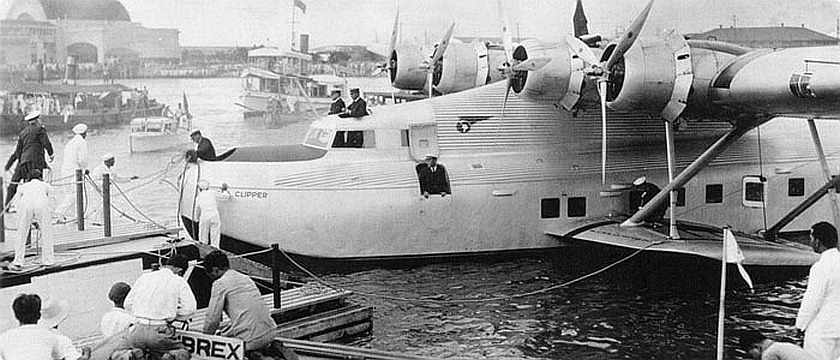
Of course, today they might not advertise themselves so openly. With all the politically correct nonsense, it makes sense to downplay your presence else an army of enraged “water buffalo” BLM females, or black clad SJW types might burn the establishment down.
Anyways, it’s true.
The Big Treat!
When I was a boy, one of the biggest treats that my father would provide for we was a trip to a “Army and Navy Store”. We would drive to the store and park on the street. A quarter would allow us to park the car for the entire day, so usually my father would just put a nickel in the parking meter. That would give us two hours of adventure. That was more than enough time for exploration.
Who knew what surprises awaited us?
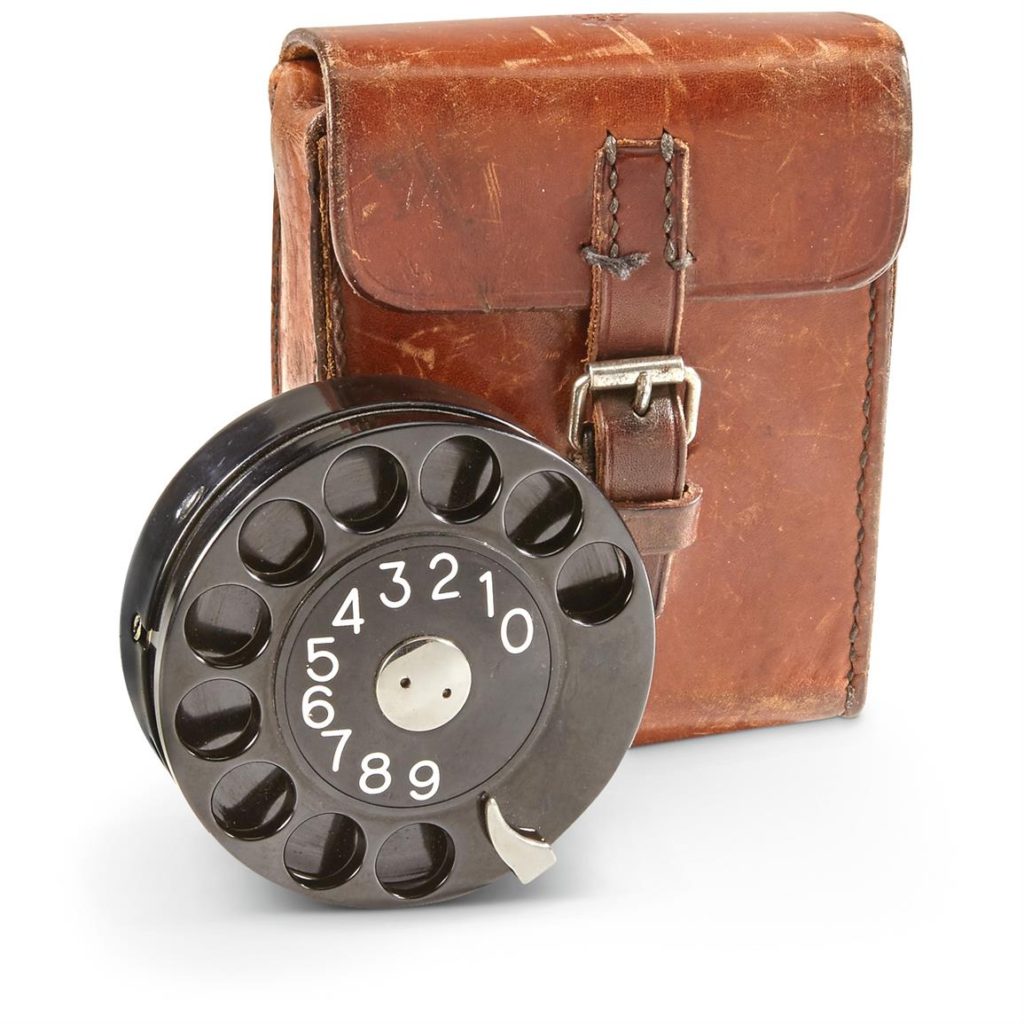
Today, there are still Army and Navy stores, and they still have the same layout and ambience.
When you walk in, your nose is met with that distinct army surplus smell: musty canvas mixed with metal and rubber. Flags hang from the ceiling — an American flag, flags from the different branches of the military, and of course a fine yellow “Don’t Tread on Me” flag. There was always a “Confederate” “American Stars and Bars” flag, as well as the mandatory black MIA flag.
There will be racks and racks of clothing. Mostly uniforms and coats. There will be bins of shoes and socks. Webbing and just brick-a-brack that defies description.
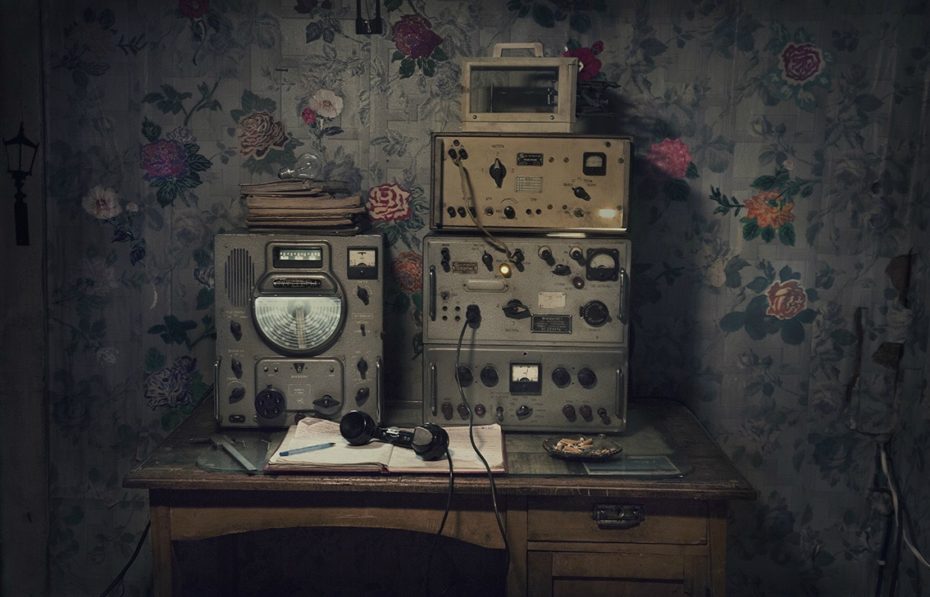
The Army and Navy Store
Every conceivable space in the store is filled with product. You’ll see bins scattered throughout the floor filled with gas masks, canvas duffle bags, canteens, and nylon combat belts. The shelves are jam-packed with combat boots, cargo pants, and helmets. And the coat racks are stuffed with pea coats and camo as far as the eye can see.
You would find racks upon racks of military clothing. Then, tucked in every imaginable nook and cranny, were boxes of unsorted clothing. Some in disarray, as if they came from a flea market. Others, nicely folded, but never used, as if they came directly from a warehouse or factory inventory.
Near the door would always be a glass counter and a display of the more valuable items. Inside the glass case, you’re likely to find antique military items like Nazi paraphernalia, guns used during WWI, and a plethora of knives. I always liked the “trench knives” that had a built-in set of brass knuckles.
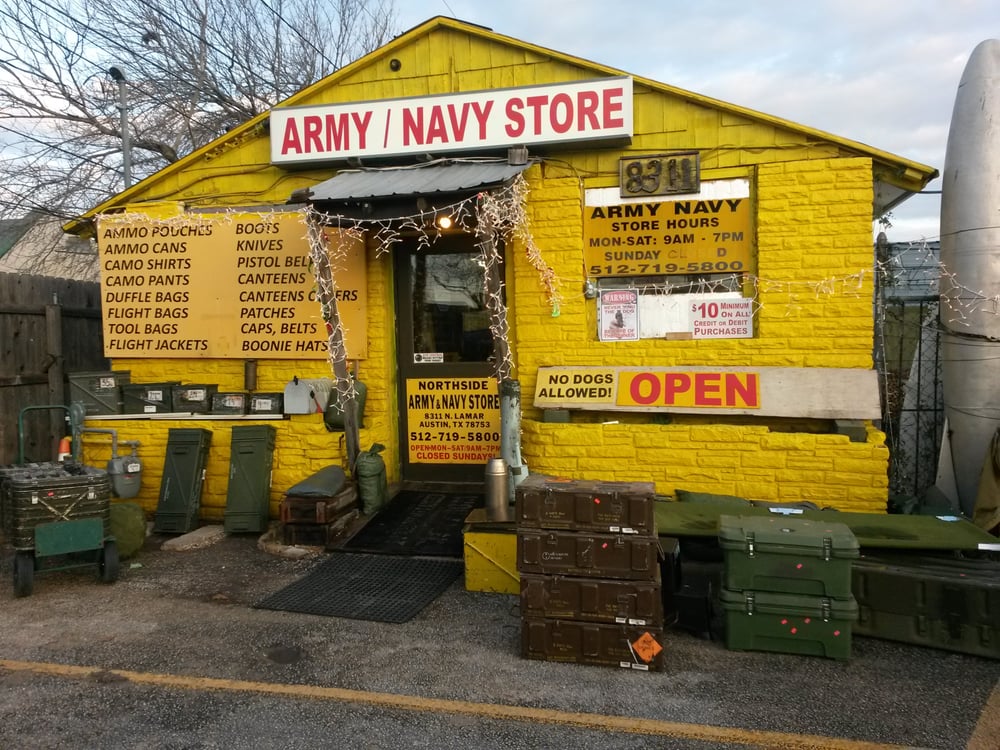
You could always find compasses, maps, various metals, and all sorts of smaller brick-a-brack in these counters. There also, would be some fine cigarette lighters. Some old. Some new. Many would have military sayings or logos, but Harley Davidson, and the Southern “stars and bars” were always present and popular.
For decades, the army-navy surplus store was the go-to place for individuals looking to find a good deal on products to outfit themselves for camping or hunting. It was the place prepare for the apocalypse on the cheap, or simply pick up a stylish pea coat at a bargain price. For me and my classmates, it was a place of adventure.
For there, we could outfit ourselves for our next big exploratory adventure. Who doesn’t remember how the explorer’s outfitted themselves in the movie “Journey to the Center of the Earth”? For us, the Army and Navy store was THE place to outfit ourselves for our next adventure.
While I don’t recall wheels and piles of hemp rope, they did have rope in smaller quantities. This would include nylon and various other woven types aptly suited for a Naval excursion on the high seas, or perhaps useful for constructing a tree-house ladder. You know, to keep the girls out of the “He Man Woman Haters Club”.
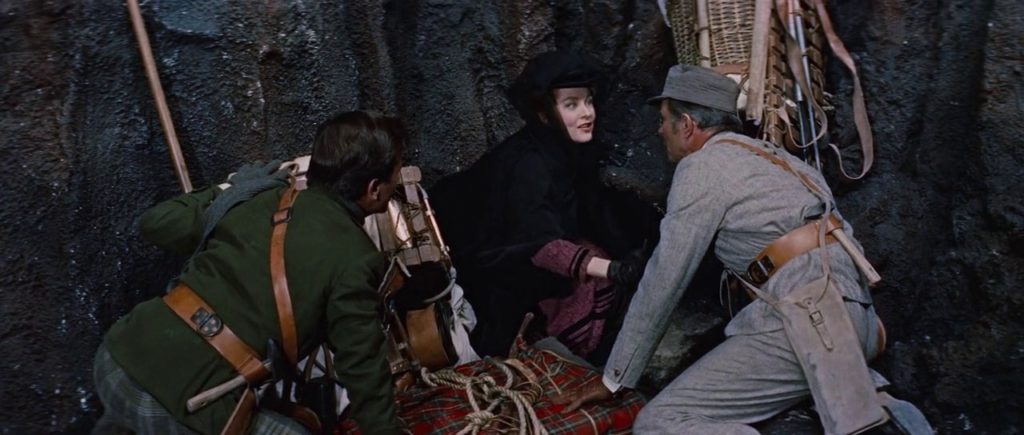
With the United States fighting in just about every obscure nook and cranny of the world (for reasons unrelated to National Security… but that’s a discussion for another time) there was such a glut of military surplus clothing and gear that Army and Navy stores were everywhere. It almost seemed like you could practically throw a rock in any direction and hit an army surplus store. They were prolific and played a vital role in distributing an over-abundance of government-issued supplies that accumulated during the last ten or so wars.
Outfitters for War!
After World War Two, the extreme excess of government-issued equipment (produced by America’s “arsenal of democracy”) combined to explode the growth and popularity of surplus stores. Indeed, huge amounts of wartime leftovers flooded the market.
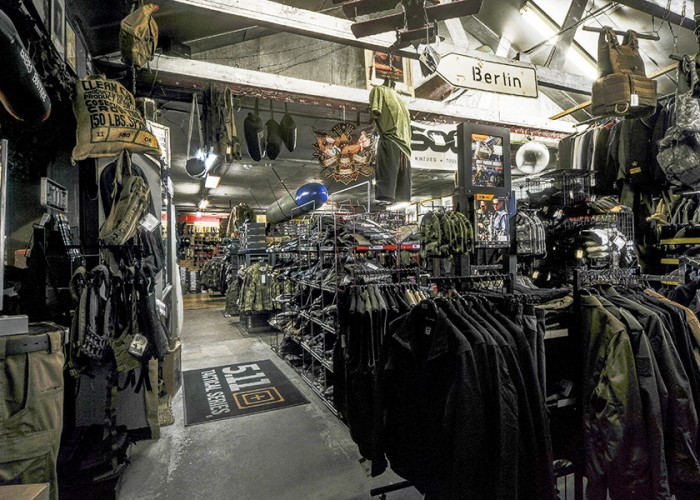
Thanks to the United States’ significant involvement in the Vietnam War, army surplus stores were able to restock their dwindling WWII inventory with updated military surplus. If you visited a surplus store as a kid in the 1980s or early ‘90s, a lot of the stuff you saw was probably from Vietnam.
I know that that was the case with what I experienced. There would be a mixture of World War II, Korean War, and Vietnam War gear. In addition there was often a mixture of foreign military gear. I was able to pick up an Africa Korps pith helmet from World War II, and a French paratroop jumper camo cape.
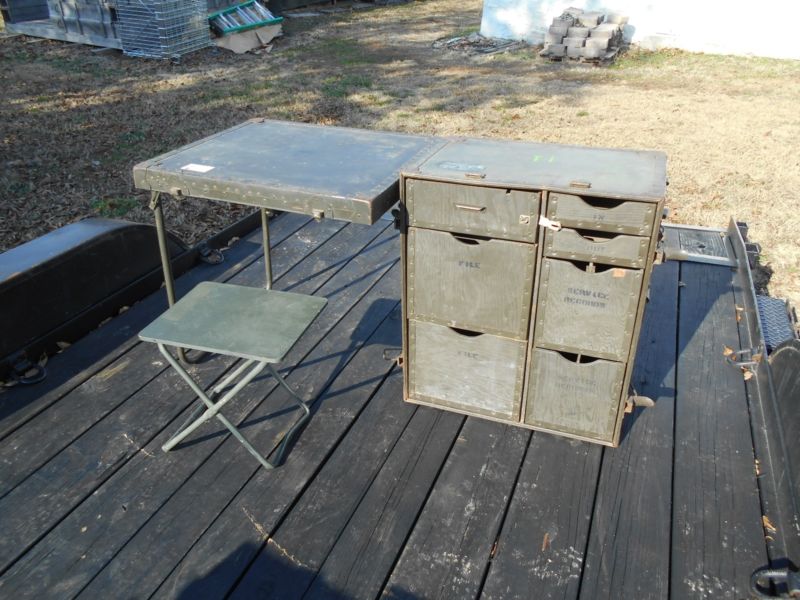
To many, the period from after WWII and until the early 1990s could be considered the “Golden Age of Army Surplus Stores.” There was just so much stuff available, and it was so widely dispersed and easily accessible to the public. Instead of ordering something from a catalog, you just had to drive a few miles to one of the many surplus stores in your city.
You could get just about anything there. My brother picked up a World War two Morse code kit in a green canvas carry bag. Who knows the stories that it could tell? Was it dropped behind enemy lines and used by the French resistance? Was it a training device for British Naval saboteurs? Was it used to communicate the successful retaking of the Philippines? Ah, such secrets…
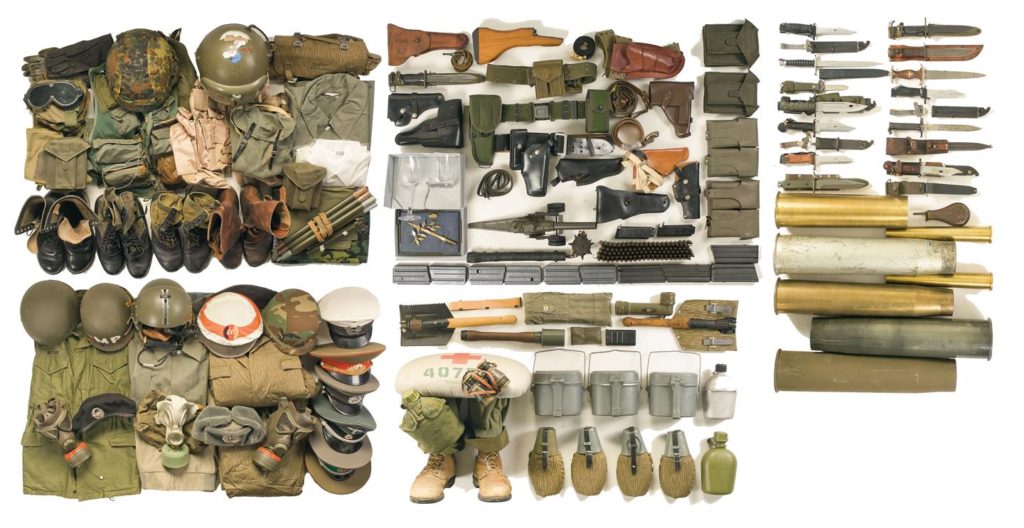
My good buddy ended up getting a trench shovel, and a flashlight that had a red lens cover on it. His younger brother picked up this set of dust google that looked like it belonged on the set of the “Rat Patrol” (a television show from the 1960’s). He wore them to the school, and for about a week he wore them every day (supposedly) in class until his teacher had to put his foot down and tell him enough was enough.
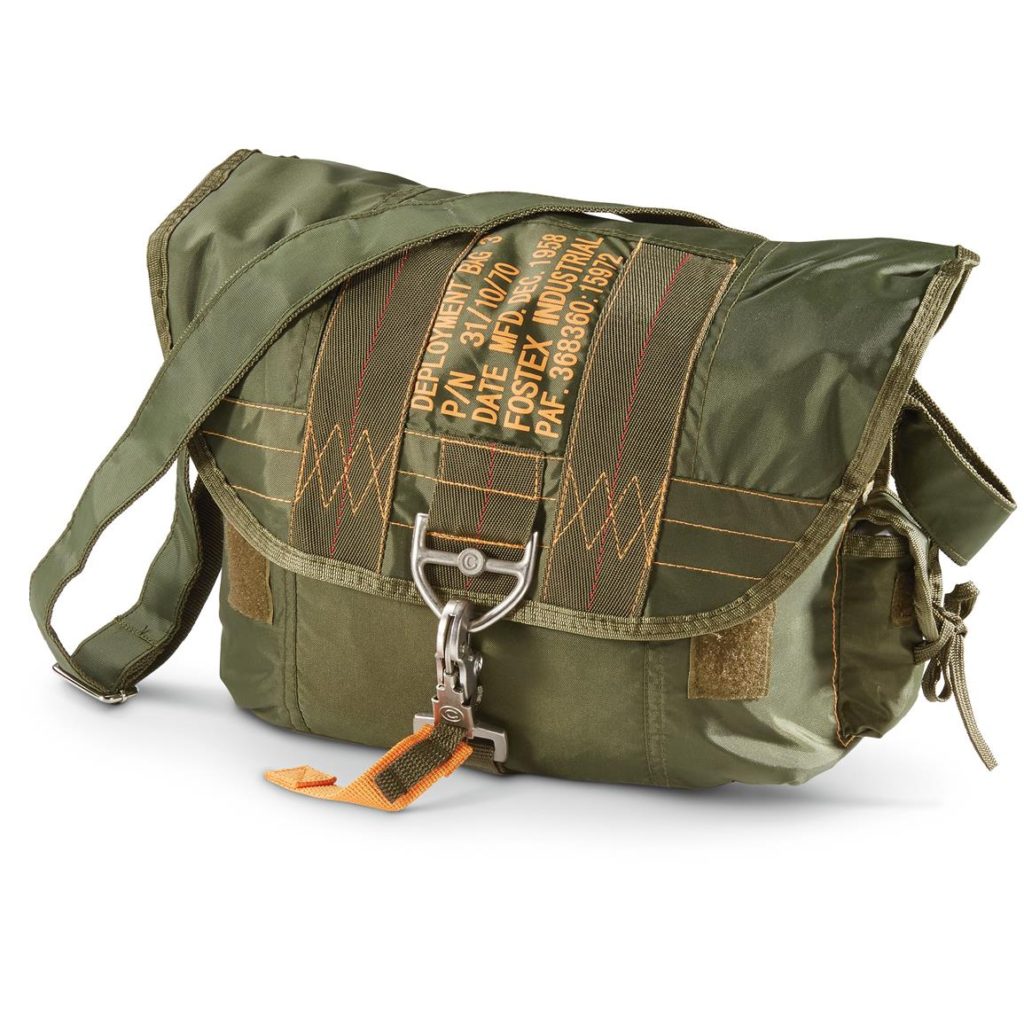
Speaking of fashion…
The “Bell Bottom” fad in the late 1960’s came in being precisely due to the popularity of the navy flared (bell bottom) jeans available in the Army and Navy. This was also true for the “Pea Coat” fad that floated up and around in the middle 1970’s.
For the longest time I wore a pair of “aviator glasses that I picked up when I was twelve. My brother, not to be outdone, bought some yellow shooter’s glasses. He still has them. I still go visit the establishments to pick up some cargo pants and gloves with the fingers cut off.
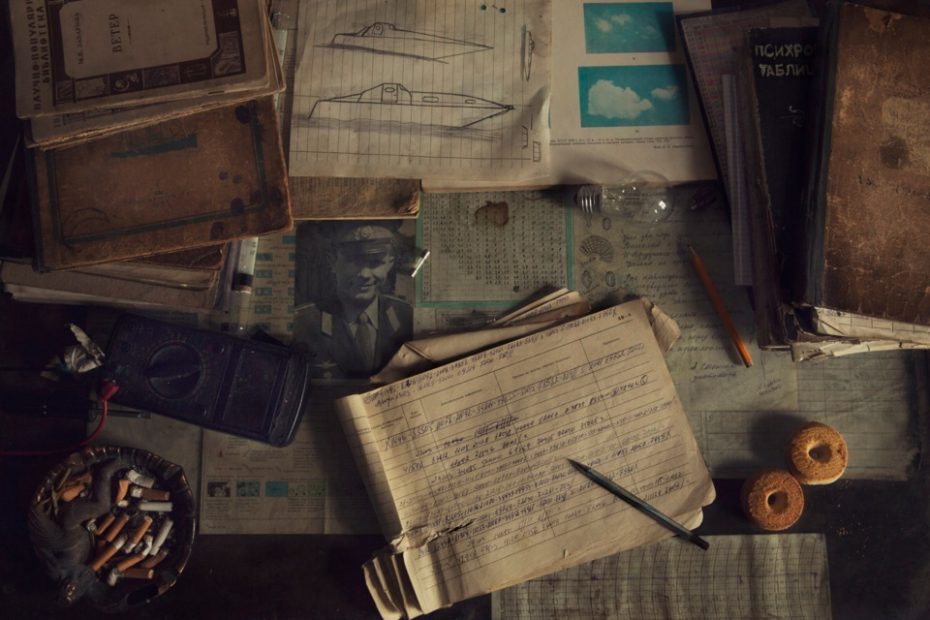
Yeah. Army surplus stores still exist. You probably have one in your city. But it’s probably not the same kind of army surplus store you may have visited back when you were a kid. It might still have the smells and have the same kind of over all clutter, but something is missing…
If you’ve been to one recently, you likely noticed that fewer of the products they carried were actually “military surplus.” Sure, the stuff might look military-ish, but it was likely bought from a foreign company that manufactures military-ish products instead of from the U.S government, or even a foreign government.
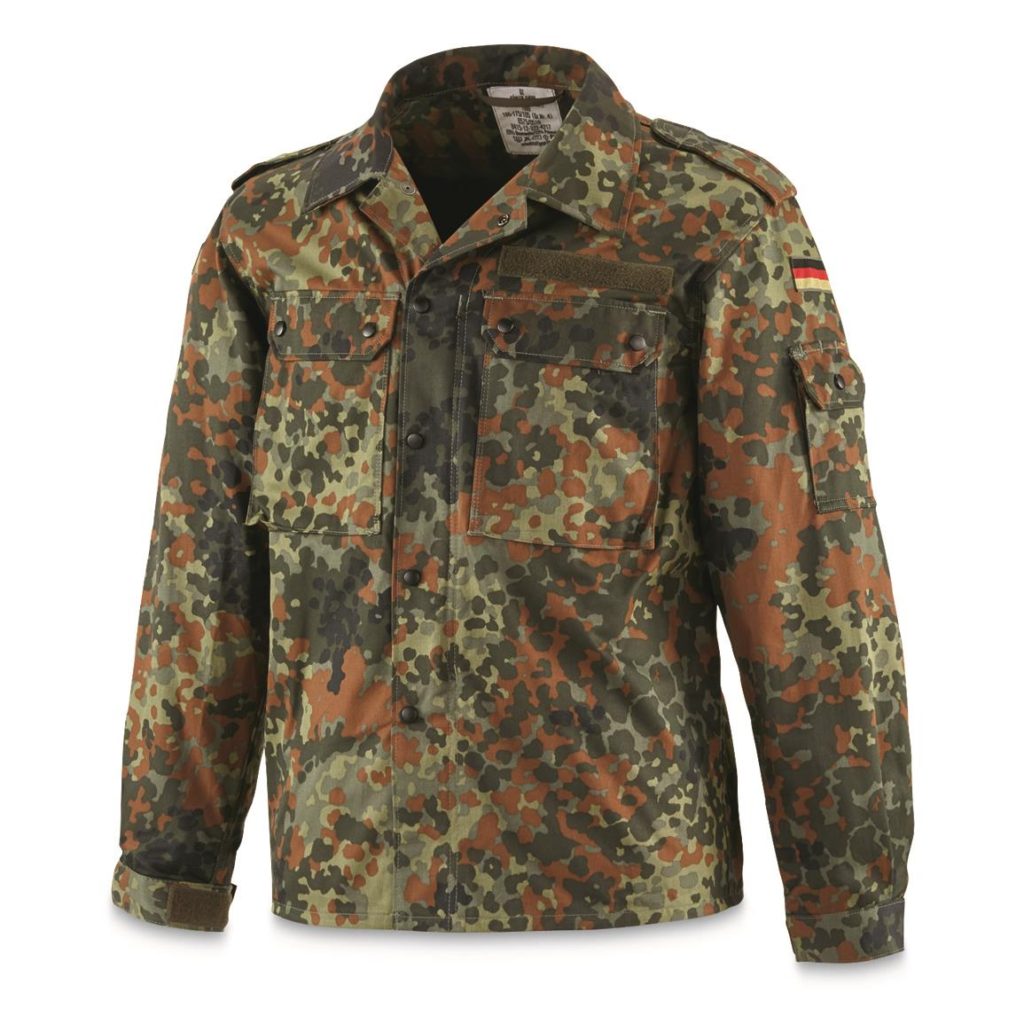
Other stuff…
You’ll also see product in the store that you probably wouldn’t consider “military surplus” like work pants and shirts, consumer camping gear, etc. In short, what I am trying to say is that in today’s army surplus stores there’s less army surplus.
Two big factors are contributing to the decline of true military surplus products in the marketplace. These were, or course, [1] the changing nature of war in the late 20th century and [2] the advent of online shopping.
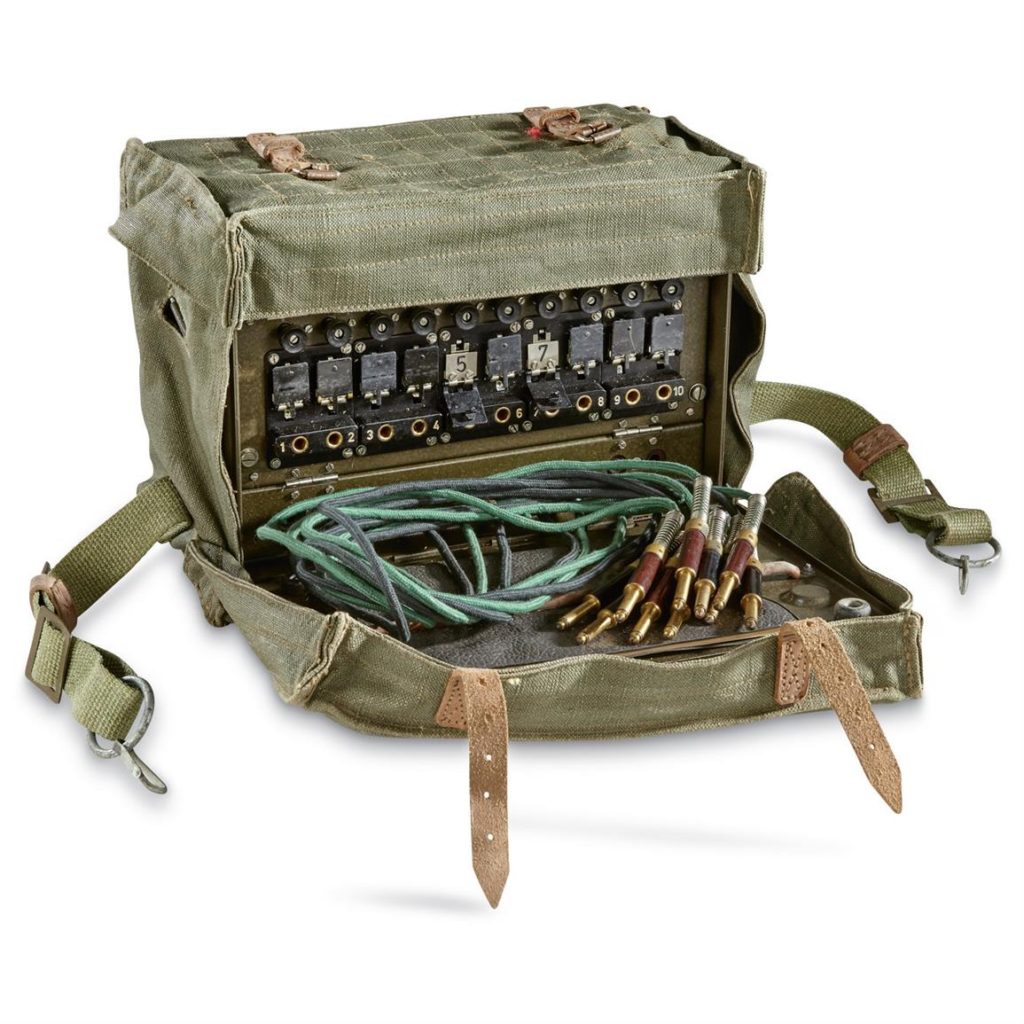
While the United States is indeed busy fighting all over the world, how we do it has changed. (The US Military is currently fighting seven wars! Thanks to Barrack Obama.) No longer do we throw legions of troops in an engagement. Instead we use selection. We use skilled soldiers. We use drones.
Indeed, war has changed dramatically since Vietnam.
Instead of engaging in large-scale conflicts that require a draft with many millions of soldiers fighting on the ground, the U.S. military (in all branches) has shifted to a much more streamlined and surgical approach to battle — one that involves a smaller, well-trained, all-volunteer force.
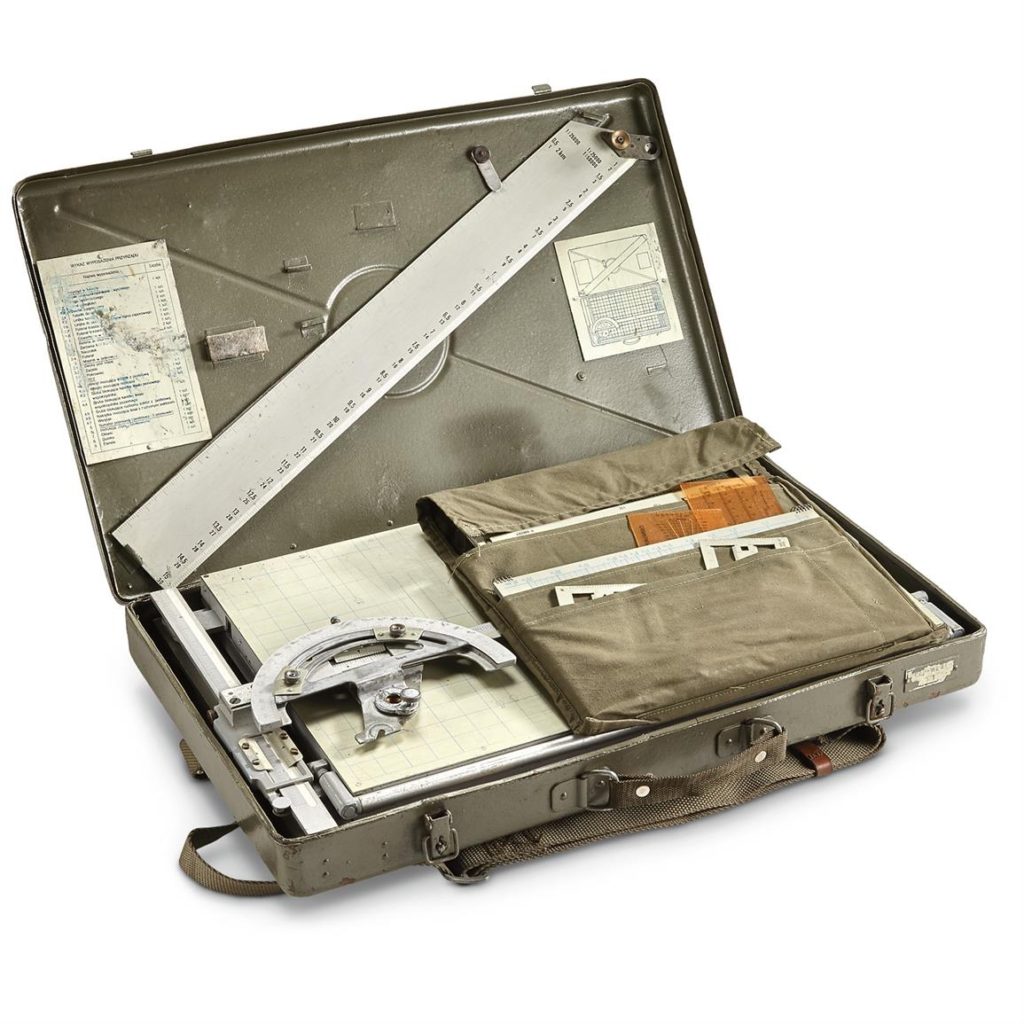
For example, there were over 10 million American soldiers who served in Vietnam, while only 2.5 million served in the most recent wars in Iraq and Afghanistan. Because our most recent conflicts have required fewer soldiers, the military has required less equipment. Because the army requires less equipment, there’s less military surplus to go around to all the army surplus stores around the country.
But there are other reasons…
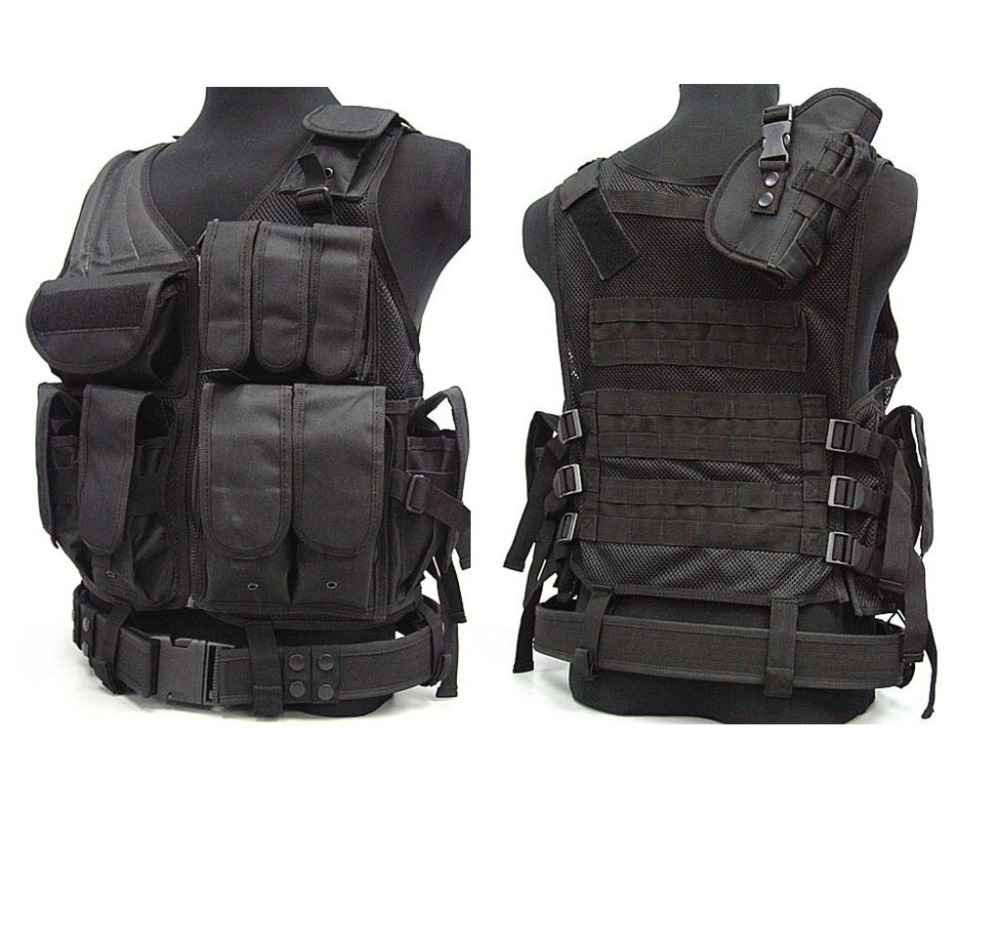
That being said, 9-11 was a boon to the militarized police forces, and armed alphabet agencies. Now, every one from the NSA, FAA, FDA, IRS to the DHS and ICE require state of the art uniforms and gear. So while it might look like there as a dearth of “pure” military hardware, and a glut of cheap-Chinese knock-offs, that is just a reflection of the changing nature of the American government.
Today the emphasis is NOT on a large military force fighting in a far off land. Instead it is on a militarized collection of government agencies whose charter is on controlling the American population. It sounds harsh, but it is true. You just need to open up your eyes and take a gander. You can see this emphasis in the Surplus stores.
You can also read about how the United States government is busy stocking up on riot gear. You can read about it HERE.
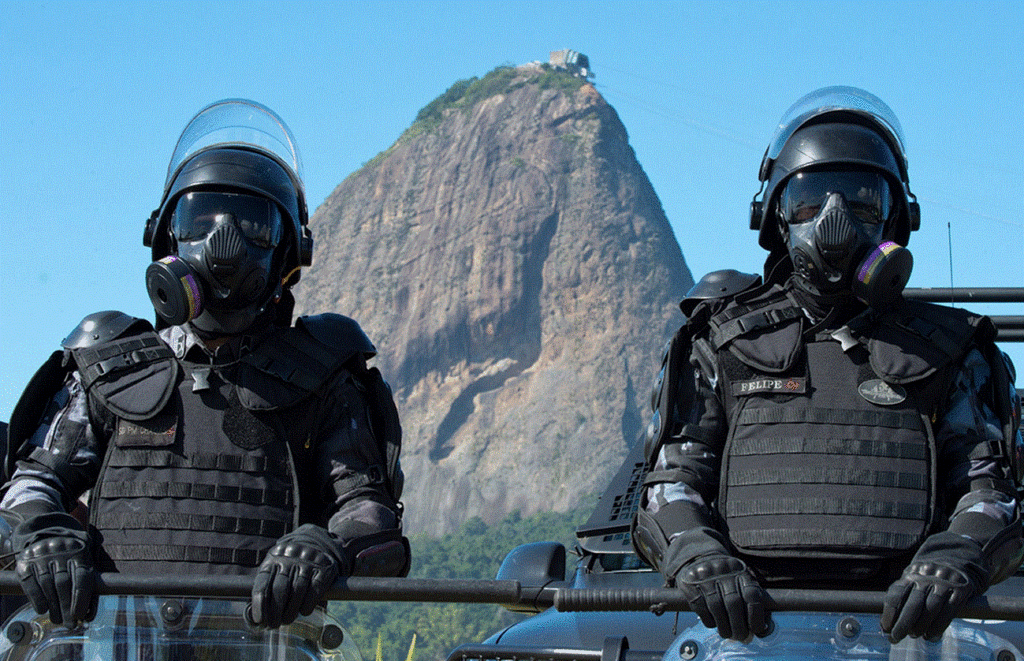
Compounding the shortage due to smaller, more limited military engagements is that — thanks to the internet — army surplus stores now have to compete with the government itself in selling surplus military inventory.
The U.S. government has an online store where the public can buy military surplus direct, thus cutting out the army surplus middleman and saving the buyer some money. Thanks to competition from the government’s direct-to-consumer sales, army surplus store owners have had to slash retail markups on their products from a plump 100% to a smaller 30-50%.
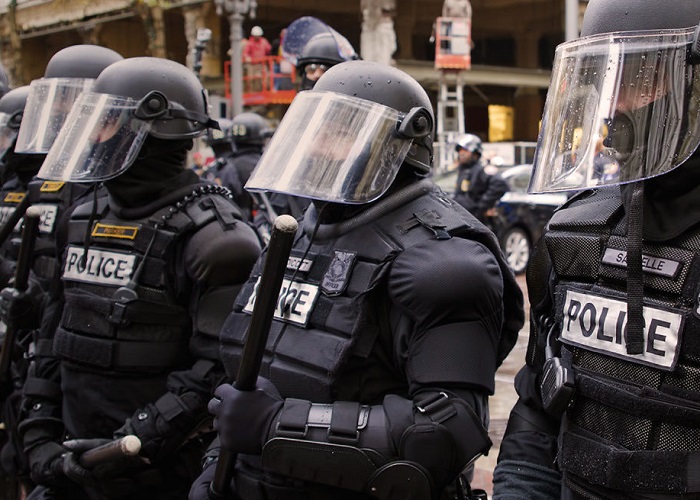
The New World of Army and Navy Stores
Because of these two changes, the [1] streamlined wars and [2] the internet, the once robust army surplus store industry has taken a hit. There’s just less inventory to go around, and less money to be made in the business.
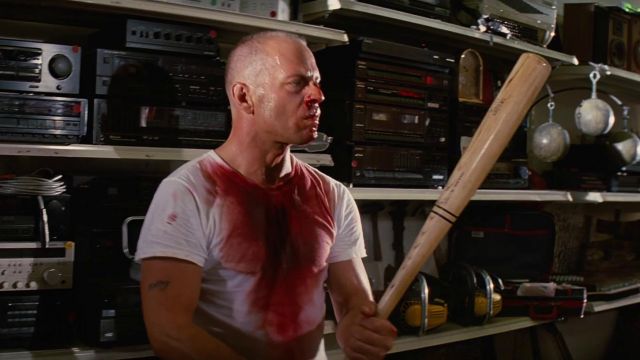
To keep shelves stocked with military goods, even though there’s less government-issued military surplus available, stores have taken to importing military surplus “knockoff” products — stuff that looks like military surplus, but really isn’t. Instead it is equipment for urban riot control and police force use.
Some stores have shifted their focus from being military surplus dealers to antique military dealers. 20th-century military gear — once considered ordinary surplus — is now considered “vintage,” and collectors are willing to pay top dollar for these antiques. Army surplus stores that have been in business for awhile have used their networks developed over the years to become savvy peddlers of 20th-century military collectibles.
Never the less, if you’ve visited an army surplus store lately, you probably noticed they just aren’t what they used to be — that the quality and quantity of the selection of products isn’t the same.
But still…
These places are just fine for exploration and discovery. This is most especially true if you are a boy in your early teens. It’s an experience that all boys should be exposed to. (That and hardware stores, but that is a discussion for another time.)
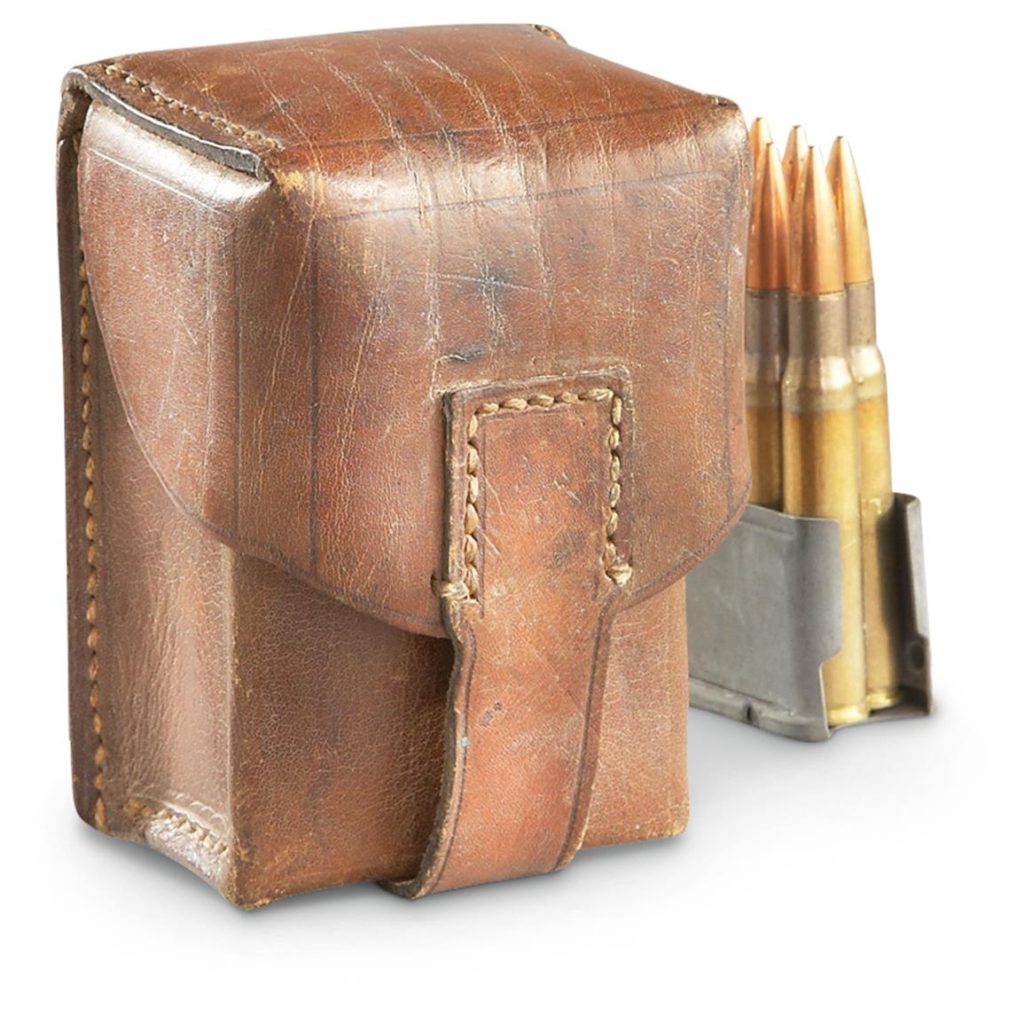
These stores still exist, and the desire of boys to explore and go on adventures hasn’t at all diminished. I argue that we should feed this latent need of boys. As such, the exposure to an Army and Navy store is a must stop for all young Americans.
Conclusion
Time has a way of changing things. One of the treasures that existed when I was growing up was the presence of Army and Navy stores. I urge everyone to spend some time and enjoy a visit to one of the few remaining stores that exist in the United States. Who knows, maybe you can relive some forgotten boyhood dreams and share the experience with some close friends and relatives.
While today, I have little need for such items, I cannot help but be intrigued by them and coveting of many an odd item or two. I can’t help it. It’s the “pack rat” inside of me, not to mention the “Boy Scout” in me that screams “Be Prepared!” I am sure that one or two plastic mortar round cases might make a nice waterproof storage item for…
…things. I’ll find a use for them. You just wait and see.
Life & Happiness Related Index
Here is where you, the reader, can quickly go through key posts related to the things that make our lives complete. This is an index. I have arranged it so that the subjects can be easily searched for items of interest. Of which “happiness” is the dominant theme. A tiny iconic representation of the article is provided along with a short, sweet summary. It is my hope that the reader find this of value.
Posts Regarding Life and Contentment
Here are some other similar posts on this venue. If you enjoyed this post, you might like these posts as well. These posts tend to discuss growing up in America. Often, I like to compare my life in America with the society within communist China. As there are some really stark differences between the two.























More Posts about Life
I have broken apart some other posts. They can best be classified about ones actions as they contribute to happiness and life. They are a little different, in subtle ways.


























Stories that Inspired Me
Here are reprints in full text of stories that inspired me, but that are nearly impossible to find in China. I place them here as sort of a personal library that I can use for inspiration. The reader is welcome to come and enjoy a read or two as well.









Articles & Links
- You can start reading the articles by going HERE.
- You can visit the Index Page HERE to explore by article subject.
- You can also ask the author some questions. You can go HERE to find out how to go about this.
- You can find out more about the author HERE.
- If you have concerns or complaints, you can go HERE.
- If you want to make a donation, you can go HERE.



Join Indian army
Army physical training
Army physical training
Delhi police
Defance training
Sarkari jobs
Govt Jobs